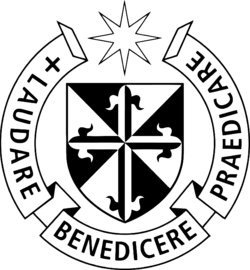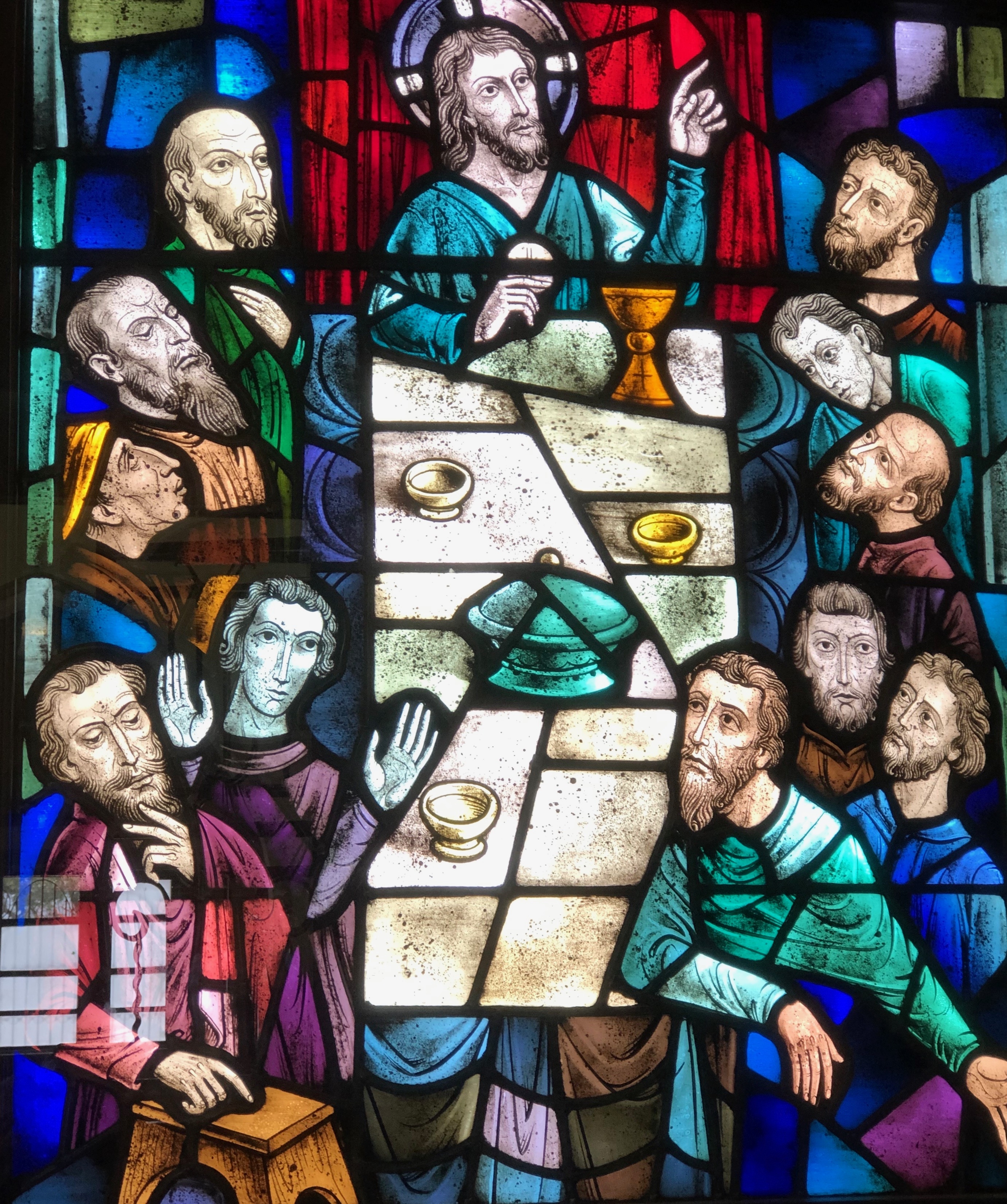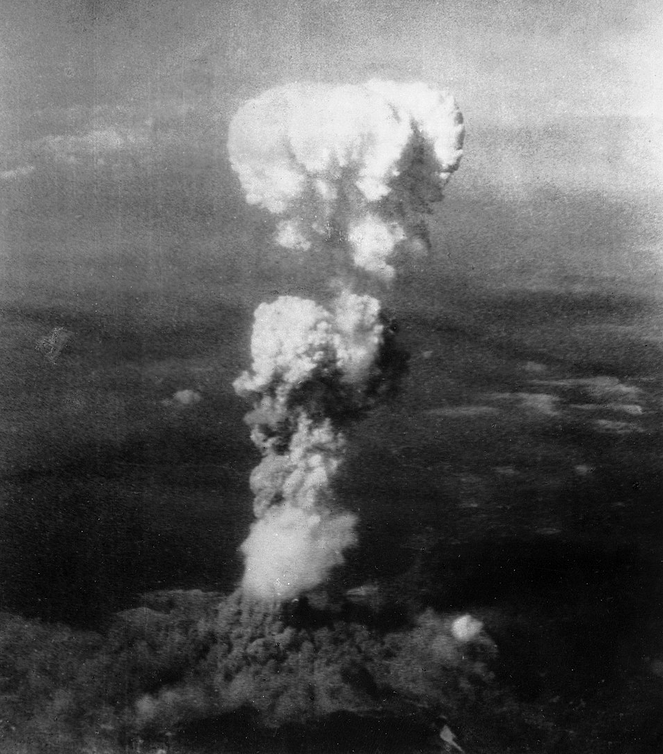These reflections are a result of more than 40 years of ministry as a Roman Catholic priest. Most of these years I spent in the Diocese of Charlotte which covers Western North Carolina. Now I am retired, and live in Medellín, Colombia where I continue to serve as a priest in the Archdiocese of Medellín.

Responsorial Psalm (Psalm 112)
R. Blessed the man who is gracious and lends to those in need.
Blessed the man who fears the LORD,
who greatly delights in his commands.
His posterity shall be mighty upon the earth;
the upright generation shall be blessed.
R. Blessed the man who is gracious and lends to those in need.
https://bible.usccb.org/bible/readings/081022.cfm
Saint Lawrence is the model for all deacons. His dedication to the poor is still sung in the church and reminds us all that ministry is defined by service, even to the point of laying down our lives.

He said to me: Son of man, eat what is before you; eat this scroll, then go, speak to the house of Israel. So I opened my mouth and he gave me the scroll to eat. Son of man, he then said to me, feed your belly and fill your stomach with this scroll I am giving you. I ate it, and it was as sweet as honey in my mouth. He said: Son of man, go now to the house of Israel, and speak my words to them. (Ez 2:8-3:4)
https://bible.usccb.org/bible/readings/080922.cfm
Literally eating the words of the Lord, the prophet Ezekiel communicates the Word to us. As the Psalmist says: “How sweet to my taste is your promise!”

On the fifth day of the fourth month of the fifth year, that is, of King Jehoiachin's exile, The word of the LORD came to the priest Ezekiel, the son of Buzi, in the land of the Chaldeans by the river Chebar.—There the hand of the LORD came upon me. (Ez 1:2-5, 24-28c)
https://bible.usccb.org/bible/readings/080822.cfm
We begin today reading the prophet Ezekiel. Many of the prophets had a very rocky relationship with the priestly clan . . . but Ezekiel is a priest, although in exile and with no temple worship to keep him busy. His visions are unique among the prophets and holds out hope for the future. Saint Dominic founded the Order of Preachers to promote the preaching of the Word. Laudare, Benedicere, Praedicare: To Praise, to Bless, to Preach.

Brothers and sisters: Faith is the realization of what is hoped for and evidence of things not seen. Because of it the ancients were well attested. (Heb 11:1-2, 8-19)
https://bible.usccb.org/bible/readings/080722.cfm
What follow in the Letter to the Hebrews are the stories of the “great cloud of witnesses.” And as the Lord tells the disciples: “Blessed are those servants whom the master finds vigilant on his arrival. Amen, I say to you, he will gird himself, have them recline at table, and proceed to wait on them.”

We did not follow cleverly devised myths when we made known to you the power and coming of our Lord Jesus Christ, but we had been eyewitnesses of his majesty. For he received honor and glory from God the Father when that unique declaration came to him from the majestic glory, “This is my Son, my beloved, with whom I am well pleased.” We ourselves heard this voice come from heaven while we were with him on the holy mountain. Moreover, we possess the prophetic message that is altogether reliable. You will do well to be attentive to it, as to a lamp shining in a dark place, until day dawns and the morning star rises in your hearts. (2 Pt 1:16-19)
https://bible.usccb.org/bible/readings/080622.cfm
The morning star rises in your hearts . . . what a powerful image of the Risen Lord used also in the Easter Exultet! Unfortunately, today is also the anniversary of the atomic bombing of Hiroshima, Japan, in 1945, which killed about 150,000 people.



